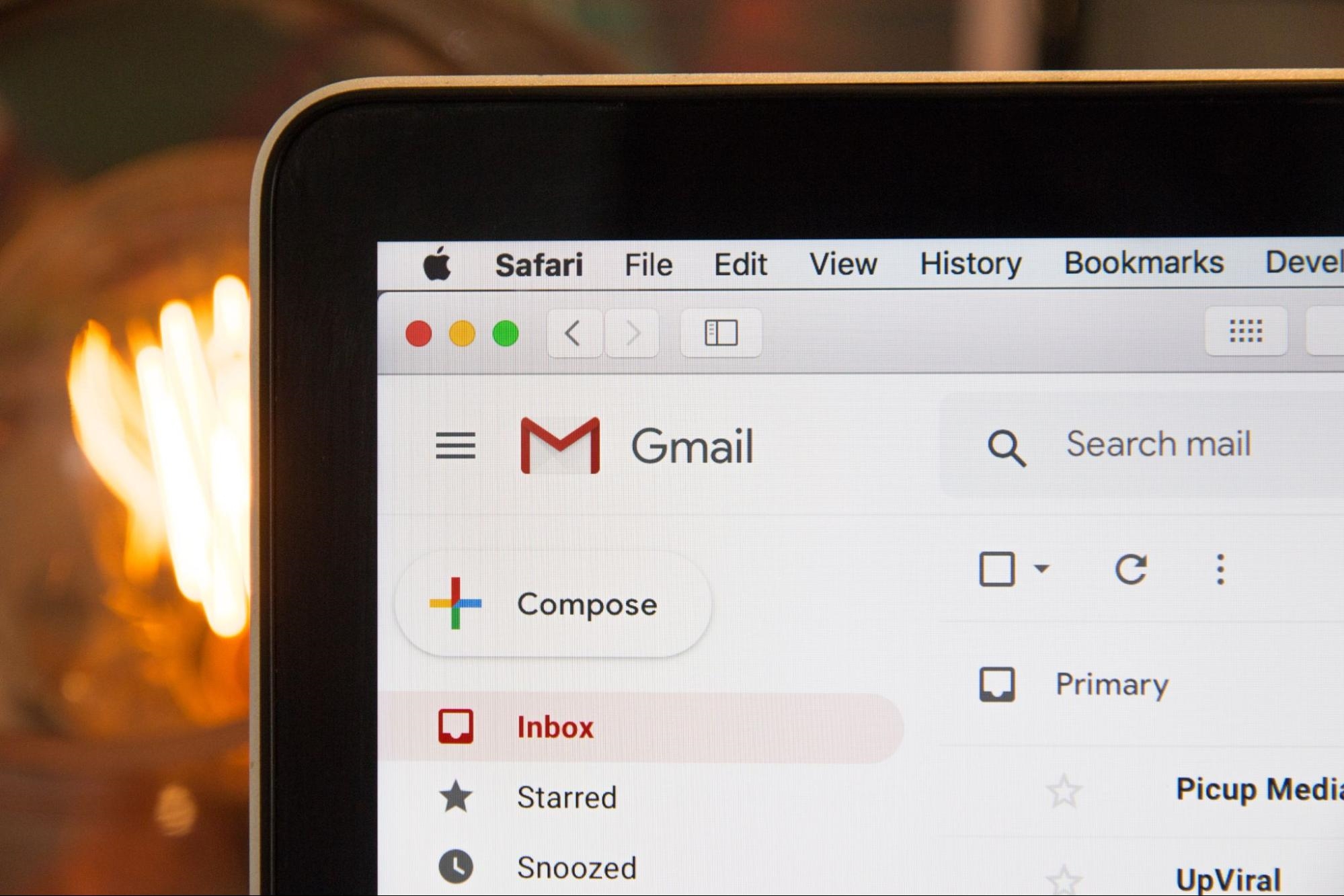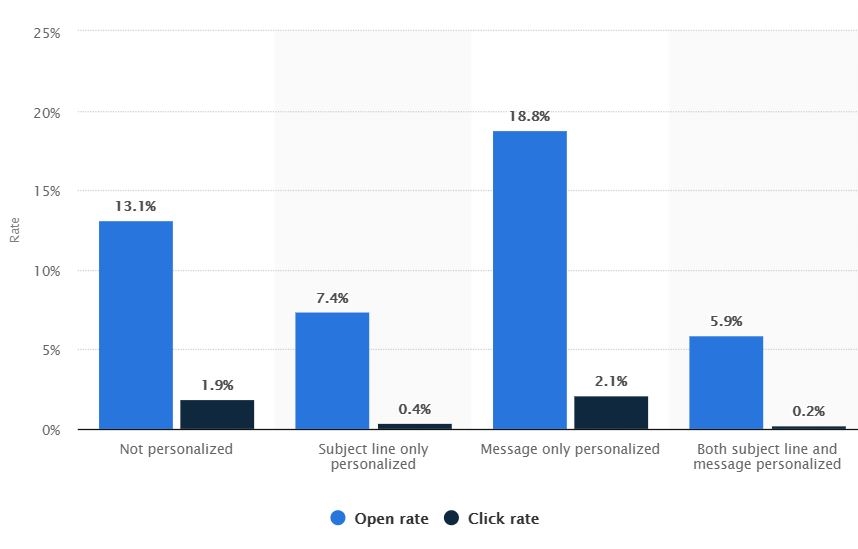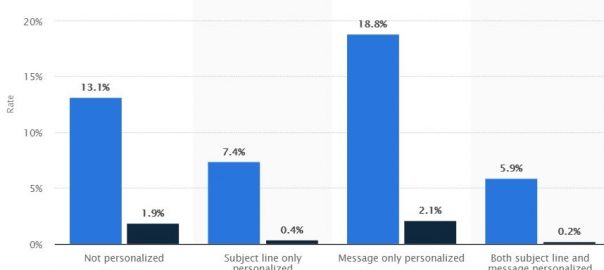Regardless of your industry or just how much your sector’s landscape has changed through the years, networking still remains crucial. It’s one of the main pillars for professionals like yourself looking to move forward in their respective career paths.
Meeting prospective co-workers and sharing ideas with your peers will always be an integral part of networking and link building. However, the COVID-19 pandemic has drastically reshaped how job-seeking professionals interact with each other, mostly due to the social distancing measures needed to face the recent health crisis.
As a result, in most cases, digital networking holds the keys to many career paths. This means that online communication channels such as social media, job hunting platforms like LinkedIn, and good old-fashioned emails are now more important than ever in terms of networking.
In that vein, if you are looking at how to write professional emails, you should start by asking yourself what is the first thing that your prospective readers are going to look at. Because, when you really think about it, there is only one answer: the subject line.
Crafting a professional looking and eye-catching subject line will help you better your digital networking skills. This often overlooked part of writing an email determines how good (or bad) a business email’s first impression is.
Luckily, we have gathered some tips and ideas that can help you create an attention-grabbing subject line for that important message that could launch your career.

Match the subject line to the reader
Let’s start by discussing the very basics of crafting an engaging subject line to give you a better chance of having your message read. As you may already know, the best sales email subject lines are those that match the demographic of their targeted reader and use smart PR outreach. Well, the same concept applies to networking emails!
The first step towards writing the perfect subject line is picking a style that fits the prospective reader. The word choice, formatting, and length will vary depending on who the email is aimed at.
Let’s use a simple example, emails sent to higher-ranked peers (CEOs, business owners, managers, or supervisors) need to be more serious and simpler. As you’ll know, writing short and to-the-point subject lines that do not mislead the reader is an essential aspect of email etiquette for job searching. Remember to strategically utilize data you have on the person you are emailing.
However, if you want to get in contact with a former co-worker or classmate that is currently working for your dream company, you can go for a more laid back approach. And might even throw an emoji in the mix!
Emojis are used by many marketers and advertisers during email sales campaigns. Often, including emojis in an email increases open rates and boost email engagement. Why? Here are some reasons:
- They save space. Subject lines are not meant to be particularly long. Emojis are useful because they can say a lot and they only take up one character.
- They stand out in an overfilled inbox. If you have a look at your inbox right now you are very likely to be overwhelmed by a sea of letters. However, a small image in the middle of so many words will instantly catch your eye. The human eye is very good at processing visual information and your brain has been trained to instantly see “misplaced” elements within patterns. This means that seeing an emoji in a sea of words is easier for your brain than you think.
- They can convey emotion and tone. Because sometimes an image speaks a thousand words.

Treat it as a sales pitch
Let’s be very clear about this point. It is extremely important to not come across as desperate, fake, or salesy. The idea here is to create an eye-catching subject line that doesn’t scream “I desperately need a job”.
The good news is that if you have any experience working in customer service, SaaS marketing, or sales departments then you have half of the battle won! Just remember to bring out that charm, skills, and know-how when crafting your eye-catching subject line for that networking email.
How can you do that? Well, when you think about it, networking messages are not very different from outbound calls. If you ask yourself “what is outbound calling good for?” you will come to the sudden realization that, in essence, networking emails are very similar to trying to convert a lead over the phone. The entire thing revolves around the idea of contacting someone before they contact you, in order to get something out of that interaction.
If you have no experience in advertising or selling and you have never contacted a lead or tried to sell a product, then do not despair. Embracing that side of doing business is not as difficult as you may think.
Even if you have the best email content, the question is how to break the ice with your subject line. The best way to do so is to approach the entire process like a cold call. Cold calls are non-scheduled and spontaneous phone calls used by sales departments looking to contact a potential customer that has no previous relationship with the company in question.
A networking email is basically that, a prospective worker looking to be hired by a company that reaches out with the intent of working for said company. If you have no experience in cold calling do not worry, just check out these top 5 cold call script strategies to book more appointments for some ideas.
Understand how (and when) to use automation
Nowadays, thanks to the rapid increase in computing power, the implementation of the cloud, and the massive improvements in artificial intelligence and machine learning, many business processes such as software testing and client outreach have been automated.
Digital companies such as online shopping platforms or SaaS brands that offer services with features such as a free booking app, are great examples of how automation can boost a company’s productivity.
Email marketing, too, can be easily automated by implementing AI-powered RPA solutions. Data driven email marketing campaigns, for example, use RPA software in order to send automated and generic emails for leads. Thus reducing the costs that would come with employing a human workforce for the task and boosting productivity, since RPA tools can send more emails in less time.
In the case of networking emails, robotic process automation can help you be more productive by scheduling when your automated emails should be sent. However, when it comes to crafting the subject line, it is important to know when automation works and when it does not.
As mentioned before, personalization is key, and your subject line should match the type of reader that you are aiming at. Much like in other areas of business, such as customer support, the customer email must feel personal.
According to a study conducted by Campaign Monitor, emails that include personalized subject lines are 26% more likely to be opened by prospective readers. The best way to personalize emails is including the reader’s first name, a personal detail about their company or career, or using capital letters to catch their eye.
Although the data retrieved by Campaign Monitor’s survey specifically refers to email marketing, these practices can be implemented in networking emails easily, and there is no reason why the results shouldn’t be equally effective.

Patience is a virtue
Now it’s time to address the worst-case-scenario, just so that you are ready in case that any of your emails’ subject lines do not work as you expected. Let’s say that you have already sent that first email and, for whatever reason, that ice breaker did not do the job.
If your first message did not get a reply, there is no reason for you to lose any faith regarding the possibilities of email networking. In the unlucky case that the first message was not successful, let’s have a look at what your second email’s subject line should look like.
The best way to approach this is to use the same techniques that companies deploy in order to tackle buyer silence. Recalibrate your strategies, conduct SEO competitor analysis, and see if there’s anything to do to improve your approach. In essence, do what you must to reassess the situation but don’t freak out. If you were expecting a longer answer, then just follow these two approaches for things that you should avoid doing:
Do not send a “break up” email
Sending a message with a subject line like “Sorry I bothered you” or “Is everything ok?” will not only paint a bad picture of you, making you look desperate. It will also ruin your chance of a possible reply. It’s like customer engagement, in a sense; your goal is to reduce churn and build relationships.
Sometimes it takes a while to reply to networking emails and other email users only check their inbox once or twice a week. The best way to know if the prospective reader has received or opened your email is to implement email software tools that track your emails.
These apps are compatible with most email providers such as Gmail and they work in a similar way to product lifecycle management software; tracking the entire journey of the email, from its creation to its “shipment” (once it’s sent) and when it is received and read.
Do not reference their silence
Some psychologists think that the best way to react towards indifferent interlocutors is to “punish them with silence”. Sometimes people will just ignore your networking emails. The worst thing that you can do in that case is to lash out, be offended, or act nervously.
If someone doesn’t get back to you after an email the best thing to do is to simply move on. Build a better email list and send an email to a more likely contact who might engage with you. Remember, only invest your time networking with those who might add value to your career and who might really have an interest in hearing from you.
If you follow these and all our previous tips regarding how to create eye-catching subject lines for networking emails, then you are more likely to increase your chances or engage in fruitful conversations that might help you launch your career in a positive way.
Digital & Social Articles on Business 2 Community
(166)
Report Post






